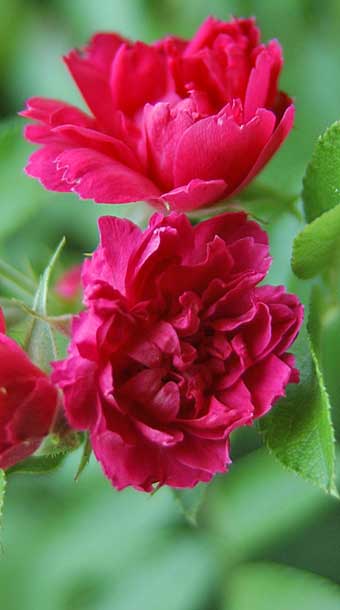
Roses
Roses shouldn't be an intimidating gardening goal – it's incredibly simple and only requires a few easy steps. The most difficult part is selecting the type of roses you'd like to grow. Homestead Nurseryland & Florist carries a broad spectrum of rose colors, including red, white, pink, mauve, yellow, two-tones and bi-colors. And while there are thousands of rose varieties out there, we try and specialize in the ones that will do the best in our weather conditions. Here are a few points to take into consideration when starting your own rose garden:
1. Make sure you have good sunlight. Ideally, roses need six hours a day to thrive.
2. Equally as important, roses require good, well drained, rich soil.
3. Air movement is another aspect to consider when deciding where to plant. Roses don't do well tucked in a corner without any air passing through.
4. in spring, rose bushes (except climbers) should be pruned by approximately one-third. They will produce blooms on the new growth in the summer. When it comes to climber roses, which grow between eight to 10 feet, don't prune as hard. Pruning should only be done to shape and control the direction of growth. That's because climbers bloom on last year's growth and older.
5. Fertilizing is important for roses, as they need proper nutrients to thrive. They should be fertilized every two weeks throughout the growing season, from April until mid-September. We recommend Nurseryland rose food for the best results.
Extra tips:
There are many categories of roses to choose from, starting with small miniatures all the way to the tallest varieties, such as grandifloras. The two most popular categories are hybrid teas and floribundas.
Hybrid teas are known for their long-stem roses with a beautiful large bloom on each stem, perfect for cutting. They usually grow from four to six feet in height.
Floribunda roses produce bushes that are between three to four feet and have multiple flowers per stem. They are suitable for when you want to plant a bush, for example, along a pathway or at the front of a rose garden.
Questions? Come see one of our specialists today!

